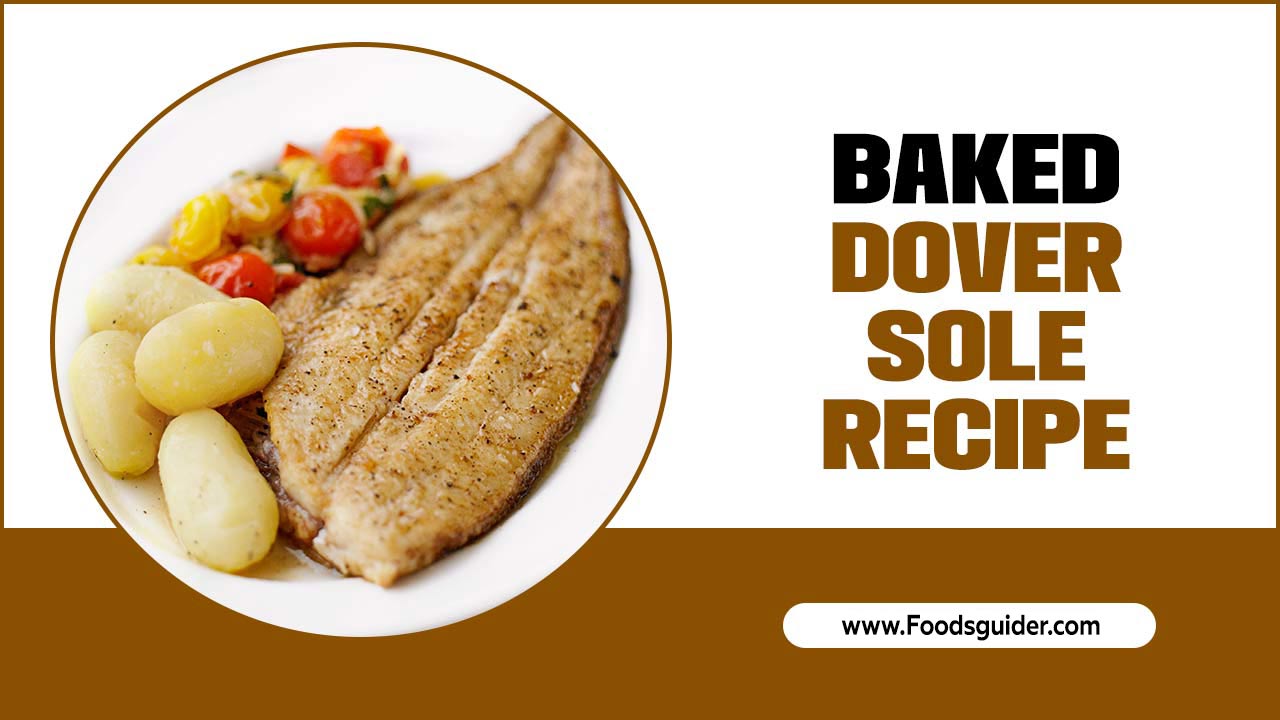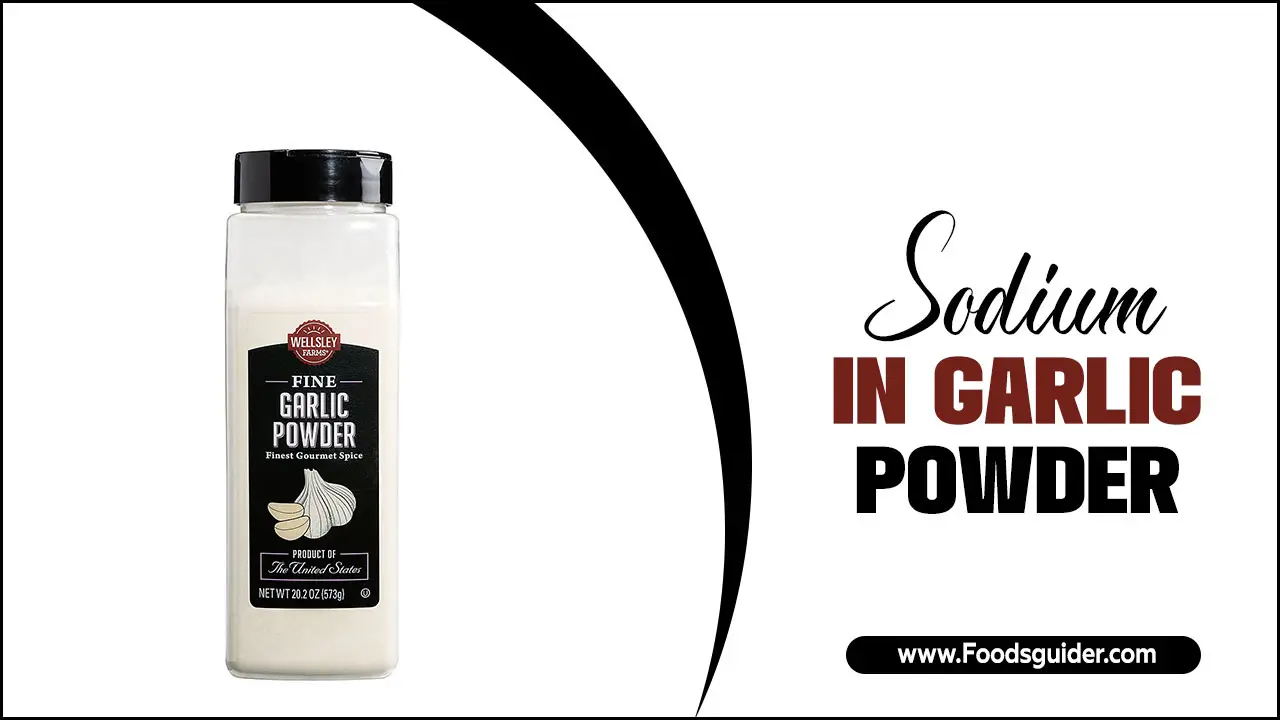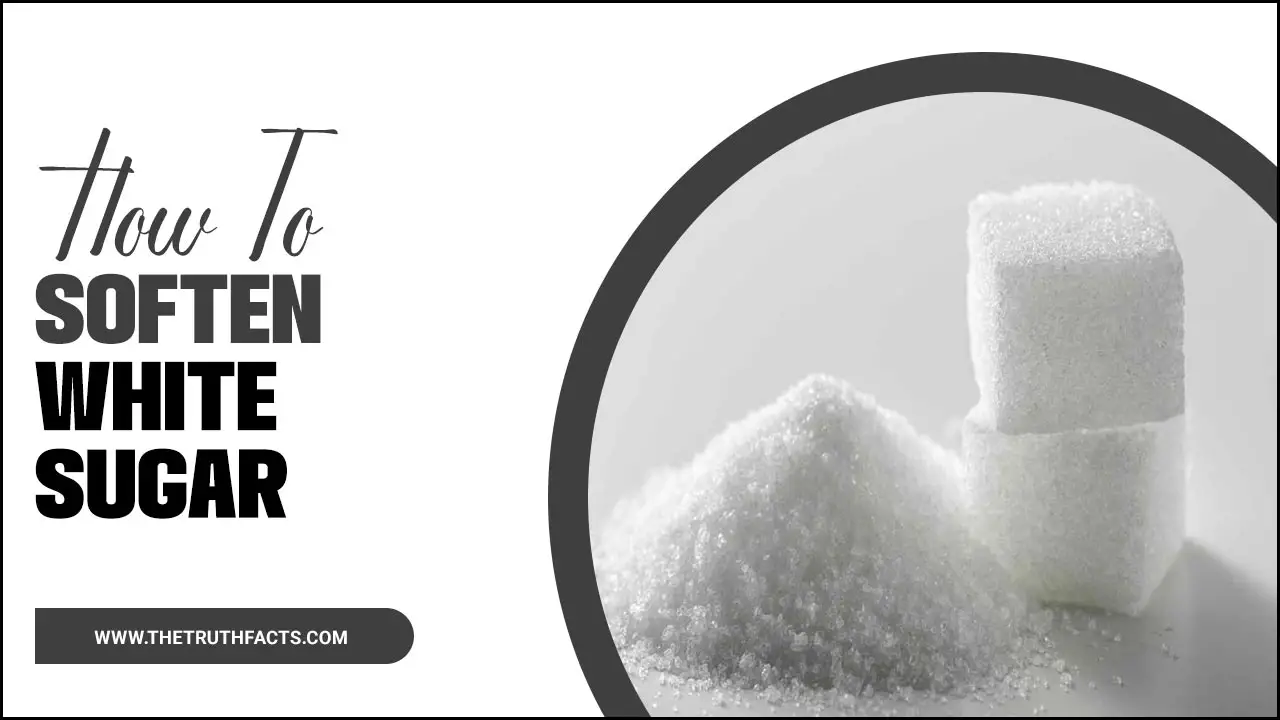Quick Summary:
Explore Iran’s rich non-alcoholic drink culture, from refreshing yogurt-based beverages to fragrant herbal infusions and sweet fruit drinks. This guide unlocks the essential tastes and traditions, making it easy for beginners to discover and enjoy these unique flavors.
Ever wondered what people drink in Iran besides water? You’re not alone! Many of us picture bustling tea houses or vibrant souks, but the world of Iranian beverages is full of delightful surprises, especially when it comes to non-alcoholic options. It can feel a bit tricky to navigate a new culture’s drinks, but FoodsGuider is here to make it super simple. We’ll guide you through the most popular and authentic non-alcoholic drinks that are a staple in Iranian homes and gatherings. Get ready to discover refreshing, flavorful, and healthy choices.
A Sip of Tradition: Understanding Iran’s Beverage Landscape
Iran boasts a long and fascinating history of crafting delicious drinks without alcohol. These beverages are more than just thirst quenchers; they are deeply woven into the fabric of social gatherings, family meals, and celebrations. Influenced by the country’s diverse climate, readily available ingredients, and ancient Persian traditions, these drinks offer a unique sensory experience. From the cooling tang of yogurt-based concoctions to the aromatic warmth of herbal teas, there’s a vast world to explore. Understanding this culture opens a delicious window into Iranian hospitality and daily life. Let’s dive into the essentials!
The Heartbeat of Iranian Thirst: Everyday Non-Alcoholic Drinks
When you think of Iranian drinks, certain staples immediately come to mind. These are the beverages you’ll find readily available, often prepared at home or served at local eateries. They are simple, wholesome, and incredibly satisfying.
Dugh: The Creamy, Dreamy Yogurt Drink
Dugh (sometimes spelled Doogh) is arguably the most iconic non-alcoholic beverage in Iran. It’s a savory, often fizzy, yogurt-based drink that’s incredibly refreshing, especially on a warm day or alongside a hearty meal. Its unique flavor profile sets it apart from any other yogurt drink you might have tried.
What Makes Dugh Special?
- Base: Made from strained yogurt (like a thicker Greek yogurt), water, and salt.
- Flavorings: Fresh mint is the most common addition, giving it a distinct herbal aroma and taste. Dried mint is also used. Some variations might include a hint of other herbs or spices.
- Texture: It can range from smooth and creamy to lightly effervescent if it’s made with carbonated water or has undergone natural fermentation. Some enjoy it slightly frothy!
- Serving: Dugh is typically served chilled, often with ice. It’s a perfect accompaniment to rich Iranian stews (khoresh), kebabs, and rice dishes (polo).
The saltiness balances the richness of the food, while the yogurt and mint provide a cooling sensation. It might sound unusual at first, but it’s incredibly delicious and addictive once you get accustomed to it. It’s a testament to how simple ingredients can create something so revitalizing.
Sharbat: The Sweet Symphony of Syrups
Sharbat (or Sorbet) is a category of sweet, often fruity, and sometimes floral beverages. These are more like refreshing cordials or sweet diluted drinks, vastly different from the frozen dessert we often call sorbet in English. In Iran, it’s truly a liquid delight.
Popular Sharbat Flavors:
- Rosewater Sharbat (Golab): This is perhaps the most famous. Made by diluting concentrated rosewater with water and sugar (or other sweeteners), it’s delicately fragrant and subtly sweet. It’s often served during special occasions and is believed to have calming properties.
- Sour Cherry Sharbat (Albaloo): Made from concentrated sour cherry juice, this sharbat is tart, sweet, and intensely fruity. It’s a vibrant red color and incredibly invigorating.
- Mint Sharbat (Na’na): A simple yet effective cooler, this is made from fresh mint leaves, sugar, and water, offering a pure minty refreshment.
- Lemon Sharbat (Limonoo): A classic tangy and sweet drink, perfect for a hot day.
- Tamarind Sharbat (Tamr Hindi): This exotic flavor offers a unique sweet and sour profile that is both distinctive and delicious.
Sharbat is typically served mixed with water, sometimes cold, sometimes with ice. It’s less about the intense flavor of the fruit and more about a balanced, refreshing sweetness with aromatic undertones. It’s a wonderful way to end a meal or refresh yourself during the afternoon.
Sekanjabin: The Sweet and Sour Elixir
Sekanjabin is a unique and traditional Persian sweet and sour syrup made from vinegar, honey (or sugar), and mint. It’s then diluted with cold water to create a profoundly refreshing drink. Its flavor is a complex interplay of sweet, sour, and minty notes, making it quite unlike anything else.
Traditionally, Sekanjabin was also used for medicinal purposes, believed to balance the humors in the body and help with fevers. When diluted and served as a drink, it’s incredibly thirst-quenching. It’s often served with a side of crisp lettuce leaves, a surprisingly delightful combination!
The Aromatic World of Iranian Teas and Infusions
Tea is a cornerstone of Iranian culture, considered an essential part of daily life and hospitality. While black tea is king, the world of herbal teas and infusions offers a soothing and flavorful alternative, often enjoyed for their aroma, taste, and perceived health benefits.
Black Tea (Chai): The Ubiquitous Companion
While not an “alternative” non-alcoholic drink, we can’t discuss Iranian beverages without mentioning Chai. It’s the heart of social interaction. Brewed strong and consumed throughout the day, it’s usually served in small, tulip-shaped glasses (istikan). It’s often sweetened with rock candy (nabat) or sugar cubes.
Herbal Teas and Infusions: Nature’s Comfort
Beyond black tea, Iran has a rich tradition of using herbs and botanicals for beverages, often enjoyed for their comforting qualities and delicate flavors.
- Mint Tea (Chai Na’na): A soothing and digestive tea, made from fresh or dried mint leaves. It’s a popular choice after meals or when feeling under the weather.
- Chamomile Tea (Baborneh): Known for its relaxing properties, chamomile tea is a gentle and fragrant option, often enjoyed before bedtime.
- Lemon Verbena Tea (Verbaz): This tea has a bright, citrusy aroma and flavor, perfect for a refreshing lift.
- Thyme Tea (Oshak): Thyme tea is earthy and aromatic, often consumed for its perceived benefits for respiratory health.
- Rosehip Tea: Rich in Vitamin C, rosehip tea offers a slightly tart and fruity flavor.
These herbal teas are typically brewed simply by steeping the herbs in hot water. They can be enjoyed plain, or a little sweetener and a squeeze of lemon can be added. The emphasis is often on the natural aroma and subtle flavors of the plants themselves.
Fruit-Forward Delights: Juices and Syrups
Iran’s diverse agricultural landscape means a fantastic array of fresh fruits, which are often turned into delicious juices and more concentrated syrups.
Freshly Squeezed Juices
You’ll find street vendors and cafes offering freshly squeezed juices made from seasonal fruits. Common options include:
- Orange Juice (Ab-e Portughal): A year-round favorite, naturally sweet and refreshing.
- Watermelon Juice (Ab-e Hendovaneh): Incredibly hydrating and sweet, a quintessential summer drink.
- Pomegranate Juice (Ab-e Anar): Tart, vibrant, and packed with antioxidants, this is a beloved and healthy choice.
- Cantaloupe Juice (Ab-e Kharboozeh): Sweet and fragrant, a delightful taste of summer.
Fruit Syrups
Similar to sharbats, these are concentrated fruit preparations that are then diluted. While some overlap with sharbats, these are often more fruit-juice focused. Think of concentrated apple, apricot, or even plum syrups that can be mixed with water. They offer an intense burst of fruit flavor.
A Table of Iranian Non-Alcoholic Must-Tries
To give you a quick overview, here’s a handy table of some of the most popular non-alcoholic drinks you’ll encounter in Iran. This can be your go-to reference when exploring!
| Drink Name | Primary Ingredient | Typical Flavor Profile | Best Served | Commonly Paired With |
|---|---|---|---|---|
| Dugh | Yogurt, water, salt, mint | Savory, tangy, minty, sometimes fizzy | Chilled, often with ice | Hearty meals, kebabs, stews |
| Rosewater Sharbat | Rosewater, sugar, water | Floral, sweet, aromatic | Chilled or with ice | Sweets, special occasions, general refreshment |
| Sour Cherry Sharbat | Sour cherry concentrate, sugar, water | Tart, sweet, fruity | Chilled or with ice | Desserts, general refreshment |
| Sekanjabin | Vinegar, honey/sugar, mint, water | Sweet, sour, minty | Chilled with ice, often with lettuce | Light meals, refreshment |
| Mint Tea (Chai Na’na) | Fresh or dried mint, hot water | Refreshing, herbal, minty | Hot | After meals, any time |
| Pomegranate Juice | Fresh pomegranate seeds | Tart, sweet, slightly tangy | Chilled or with ice | Snacks, light meals |
Tips for Enjoying Iranian Non-Alcoholic Drinks Like a Local
Want to truly immerse yourself in the experience? Here are a few tips:
- Embrace the Savory: If you try Dugh for the first time, remember it’s meant to be savory and often salty. The mint is key to its refreshing quality. Don’t be afraid to taste it with a meal.
- Adjust Sweetness: Sharbat and Sekanjabin can sometimes be quite sweet. If you find them too intense, ask for them to be diluted more with water, or adjust the sweetener when making them at home.
- Explore with Food: Many of these drinks are designed to complement food. Experiencing them alongside traditional Iranian dishes will give you the best appreciation for their role in the cuisine.
- Don’t Shy Away from Ice: In the heat of Iran, drinks are almost always served very cold, often with plenty of ice.
- Homemade is Best: While you can find these in restaurants or cafes, many are best enjoyed when made fresh at home. They are usually quite simple to prepare!
Making it at Home: Simple Recipes to Try
You don’t need to be in Iran to enjoy these wonderful drinks! Many are surprisingly easy to make at home. Here are a couple of simple starting points:
Easy Homemade Dugh
Ingredients:
- 1 cup plain yogurt (full-fat or Greek yogurt works well)
- 1/2 cup cold water (more or less to reach desired consistency)
- 1/4 cup fresh mint leaves, finely chopped (or 1 tbsp dried mint)
- 1/4 teaspoon salt (or to taste)
- Optional: A splash of club soda for fizz
Instructions:
- In a bowl, combine the yogurt, water, chopped mint, and salt.
- Whisk vigorously until the mixture is smooth and well combined.
- Taste and adjust salt and mint as needed. If it’s too thick, add a little more water.
- For a fizzy version, stir in a splash of club soda just before serving.
- Serve immediately, ideally chilled with ice.
Quick Rosewater Sharbat
Ingredients:
- 1/4 cup rosewater (food grade)
- 1/4 cup sugar (or to taste)
- 2 cups cold water
- Optional: A few drops of pink food coloring for a classic look
- Optional: Ice cubes
Instructions:
- In a pitcher, combine the rosewater and sugar. Stir well until the sugar is dissolved.
- Add the cold water and stir again.
- If using, add a few drops of food coloring until you achieve your desired color.
- Taste and adjust sweetness if necessary.
- Pour into glasses filled with ice.
- Serve immediately.
This is a great way to start experimenting. The beauty of these drinks is their adaptability to your personal taste preferences. Don’t hesitate to play with the ratios!
Beyond the Classics: Exploring Lesser-Known Gems
While the drinks mentioned above are staples, the Iranian non-alcoholic beverage scene has even more to offer:
Ab Talebi (Peach Juice)
A wonderfully fragrant and smooth drink made from the pulp of ripe peaches, usually blended with a little water and sugar. It’s a seasonal treat, and its delicate flavor is truly delightful.
Ab-e Sibzamini (Potato Juice)
This might sound surprising, but raw potato juice is sometimes consumed in Iran, often believed to have health benefits, particularly for stomach ailments. It’s usually sipped in small quantities and is quite neutral in taste.
Fermented Drinks
While not as common as in some other cultures, traditional fermented beverages, often fruit-based, do exist and carry historical significance. These are less common in mainstream cafes but might be found in more traditional settings or made in homes.
External Resources for Further Exploration
To deepen your understanding of Iranian food and drink culture, these resources can be helpful:
- The Encyclopædia Iranica offers a scholarly look into various Iranian subjects, including non-alcoholic beverages.
- Exploring culinary blogs focusing on Iranian cuisine can provide authentic recipes and cultural insights. For example, websites like Chloe’s Kitchen offer approachable Persian recipes.
Frequently Asked Questions (FAQ)
What is the most popular non-alcoholic drink in Iran?
The most popular and iconic non-alcoholic drink in Iran is undoubtedly Dugh, a savory yogurt-based beverage typically flavored with mint.
Are there any alcoholic drinks in Iran?
No, the sale and consumption of alcoholic beverages are illegal in Iran. The culture is rich in diverse and delicious non-alcoholic options.
What is sharbat?
In Iran, sharbat refers to a sweet, refreshing syrup made from fruits, flowers (like rosewater), or herbs, which is then diluted with water to create a beverage. It is not the frozen dessert known as sorbet in the West.
Is Sekanjabin sweet or sour?
Sekanjabin is uniquely both sweet and sour. It’s a syrup made from vinegar, honey (or sugar), and mint, which is then diluted with water, creating a refreshing balance of these flavors.
Can I make these drinks at home?
Yes, absolutely! Many Iranian non-alcoholic drinks, like Dugh and simple sharbats, are very easy to make at home with common ingredients.
What are some healthy non-alcoholic Iranian drinks?
Many are healthy! Freshly squeezed fruit juices like pomegranate or watermelon are packed with vitamins. Dugh, made with yogurt, provides probiotics. Herbal teas are naturally healthy and caffeine-free options.
How is tea consumed in Iran?
Black tea (Chai) is a central part of Iranian social life, consumed frequently throughout the day. It’s brewed strong and often served in small glasses, sweetened with rock candy or sugar cubes.
Conclusion: A World of Refreshment Awaits
Exploring Iran’s non-alcoholic drink culture is a delightful journey for the taste buds and a wonderful way to connect with a rich culinary heritage. From the tangy comfort of Dugh to the fragrant elegance of Rosewater Sharbat and the invigorating zest of freshly squeezed juices, there’s a beverage to suit every palate and occasion. These drinks aren’t just about hydration; they are about tradition, hospitality, and the simple pleasures of life. So, next time you’re looking for something refreshing and unique, why not try making a







